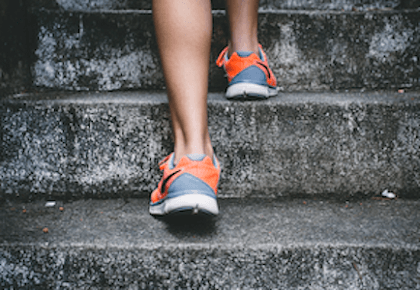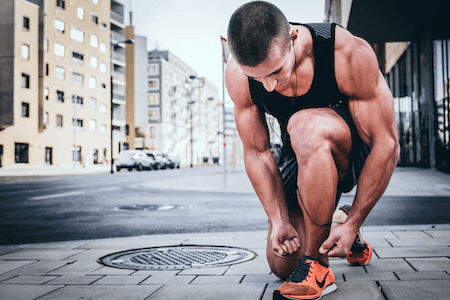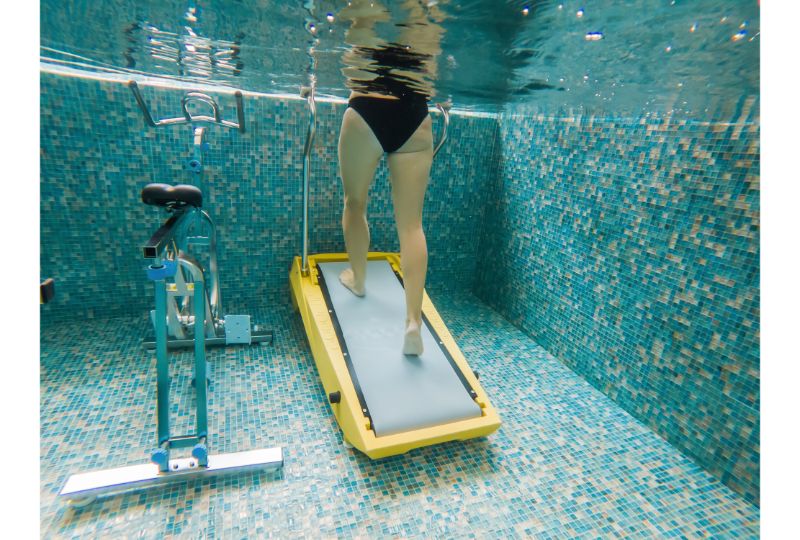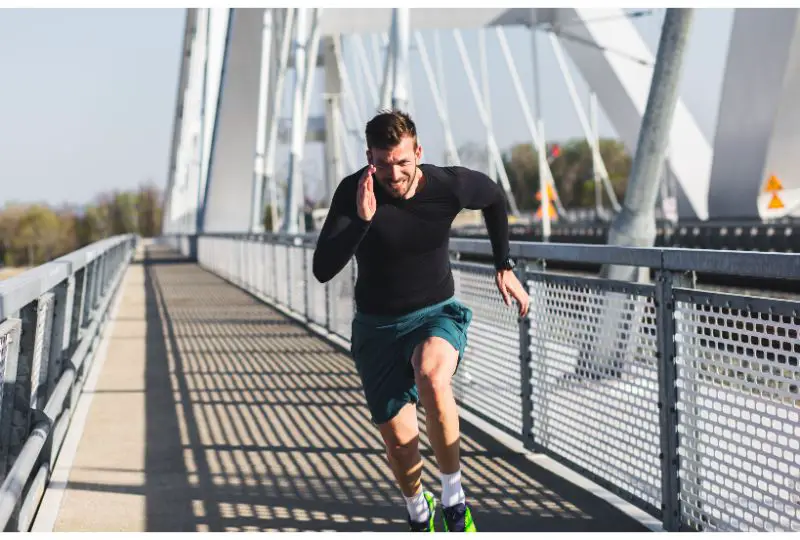Do Flat Footed People Need Supportive Shoes?
This page contains affiliate links. As an Amazon Associate I earn from qualifying purchases.
Typically, the feet have a gap in between the heels and the toes. This slight arch in the middle helps provide balance and stability when walking, running, or even standing still. However, some individuals have a condition known as flat feet. This condition is self-explanatory. Basically, some people have feet that lack that arch in the middle of their soles.
People with flat feet are more likely to experience discomfort doing typical daily activities as their feet cannot adequately accommodate the weight of their body as well as the repeated pressure of the feet when walking or running.
Quick Navigation
What does flat footed mean?
As the name implies, a flat foot is a condition wherein a person’s feet have little to no arch in the middle. The arch in the middle of our feet acts as a sort of spring that helps absorb and distribute our weight across our lower extremities evenly. Arches on our feet pretty much determine our gait. As it is essential in absorbing weight and impact, arches are flexible and robust as it needs to adapt quickly to changes in weight and the terrain.
One of the most common conditions that can arise with people who have flat feet is overpronation. This is because their feet will excessively roll towards the inner side when they are walking or even when simply standing in place.
Generally, people with flat feet won’t have any significant issues with this condition, but a few will. Injuries and symptoms that can develop with people who have flat feet are subjective to each case.
How to Know If You Have Flat Feet?
A simple way to know if you have flat feet is by soaking your feet in the water and standing on dry concrete or a piece of thick paper/cardboard. The more imprint you leave the surface, the flatter your feet are. Alternatively, you can consult with your doctor for a more thorough check-up. Doctors will be able to determine the severity of flat feet and give you a complete list of treatment options and exercise that you can apply immediately.

Known Causes and Treatments of Flat Feet
Most of the time, people with flat feet will naturally realign their limbs to prevent injuries and other physical conditions from developing. In most cases, outside treatment won’t even be necessary. However, in cases where in the body cannot adapt to the level of flatness that their feet deliver, additional steps must be taken as soon as possible.
If you have flat feet and experience almost constant pain and soreness, you may need to invest in supportive running shoes. This type of shoes is designed to relieve pressure on the arch of the feet, which can also help ease pain.
Keep in mind that supportive shoes are designed to alleviate symptoms only. Supportive shoes cannot provide long-term treatment for people who have flat feet. For a quick short-term remedy, while you are looking for supportive shoes, you can place a wedge in the shoes.
Inflammation may also develop around the feet. For inflammations, doctors will usually prescribe the person with medication, require them to wear an ankle brace, or take a couple of days’ rest until the swelling subsides. As you can see, some severe case can significantly affect your daily routine, which is why we advise taking all necessary precautionary steps available.
More severe cases related to flat foot injury include ruptured tendons. Typically, a combination of supportive shoes, rest, and pain relievers will be able to treat this condition. However, if the damage to the tendon is severe, surgery will most likely be the only option left on the table.
Sometimes, flat feet develop as early as childhood. If left unchecked, the condition might worsen, especially if the body fails to adapt as the child grows older. In cases where it develops during childhood, surgical intervention might be necessary.
In some cases, flat-footedness might be caused by being overweight. Treatment is relatively simple in these cases, as doctors will require the individual to lose weight and develop a healthier lifestyle.
Supportive Shoes for Flat Feet Buying Guide
Buying supportive shoes is quite similar to buying typical footwear with some added factors you need to consider. Here are tips on how to choose the right supportive shoes:
-
Buy in the Afternoon/Evening
This has part of the shoe buying 101 since I was a kid. Our feet swell throughout the day; because of this, buying your pump early in the morning might not give you the optimum fit. We recommend you go shopping late in the afternoon to ensure you are getting a supportive shoe that provides maximum comfort throughout the day.
-
Try the Shoe with Your Larger Foot
You might not be aware, but one of our foot is larger than the other one. Either use your dominant foot to try out the shoe or wear thick socks when buying a supportive shoe.
-
Consider the Shoe Space Allowance
Since comfort will be the primary factor here, make sure that your supportive shoe will provide at least half an inch of space between your longest toe and the tip of the shoe. Not only will this provide optimum comfort, but it will also lead to better flexibility.

Final Thoughts
In most cases, people with flat feet can go about their daily lives without the need to wear special supportive shoes. However, for some, this is not the case. If you have flat feet, we urge you to consult with a doctor to determine if you will require supportive shoes. Flat feet can cause severe physical injuries if left unchecked.
Supportive shoes will help alleviate symptoms, but depending on specific factors – you might need to undergo additional corrective treatments as well. Don’t risk it, as some of the more severe symptoms can be quite debilitating. Place all necessary precautions as soon as you can.



